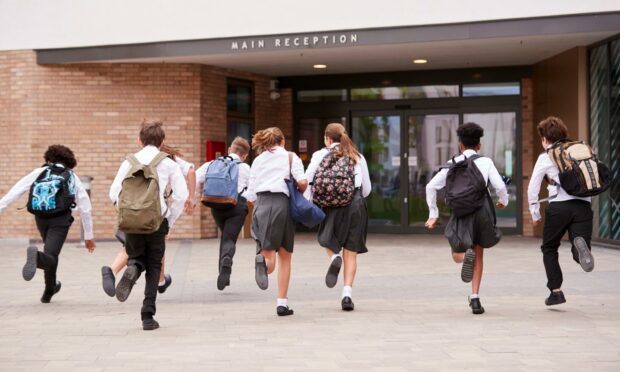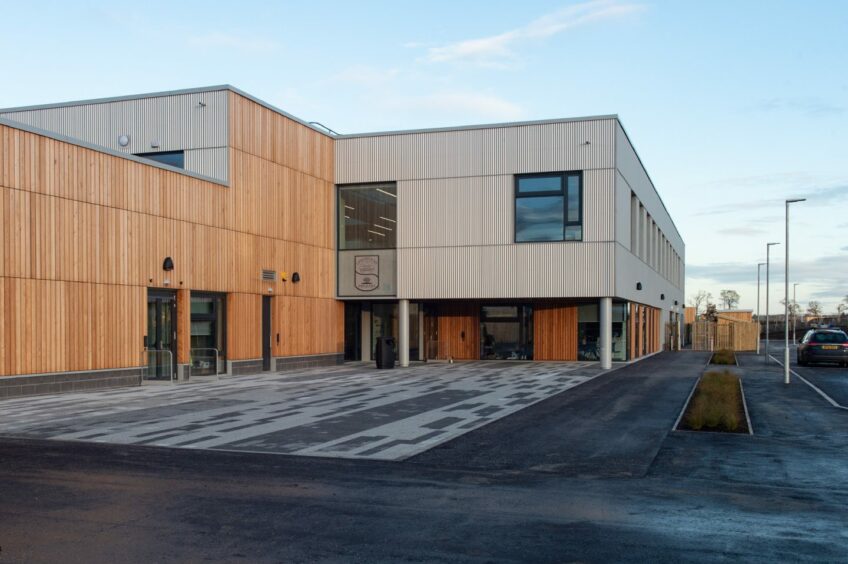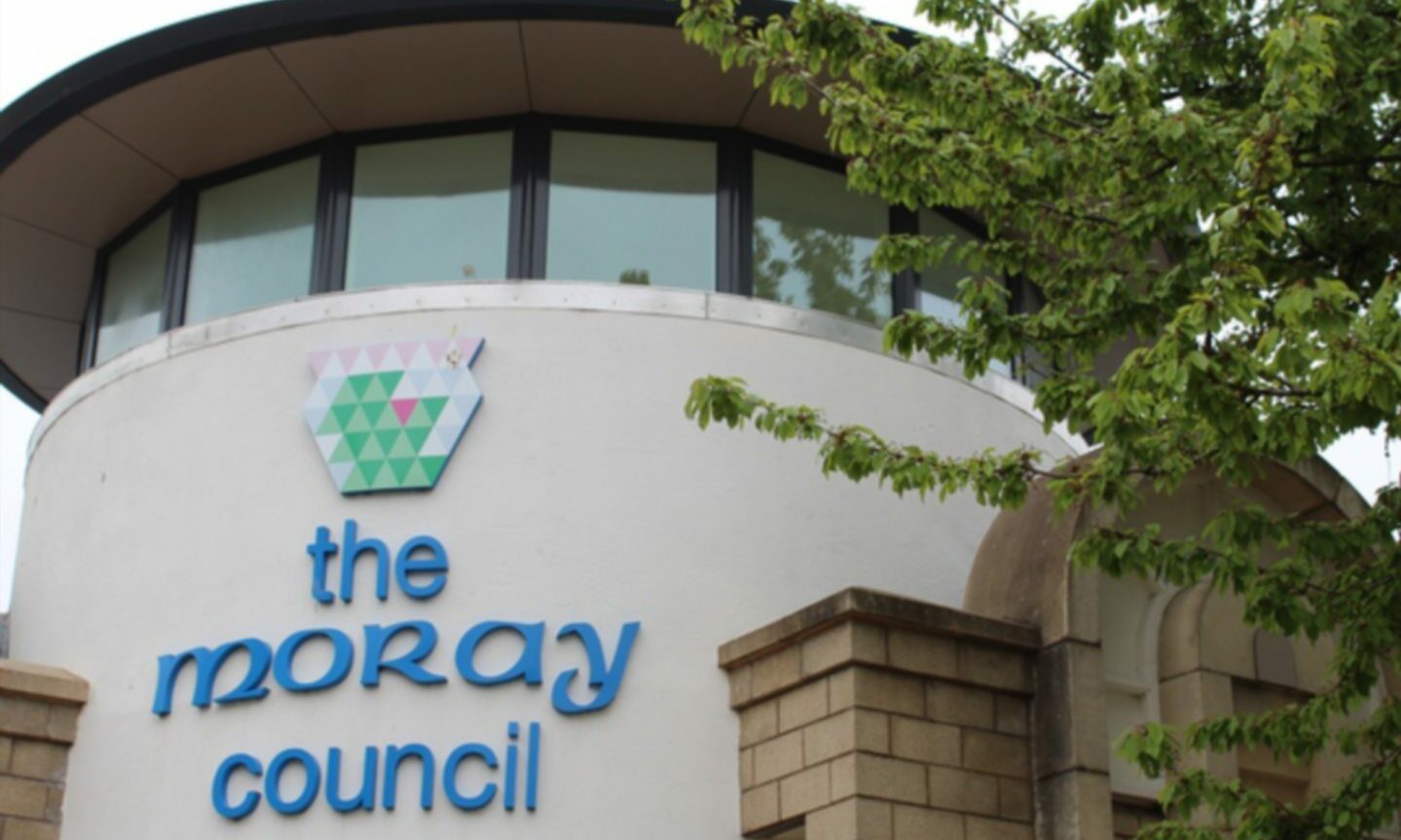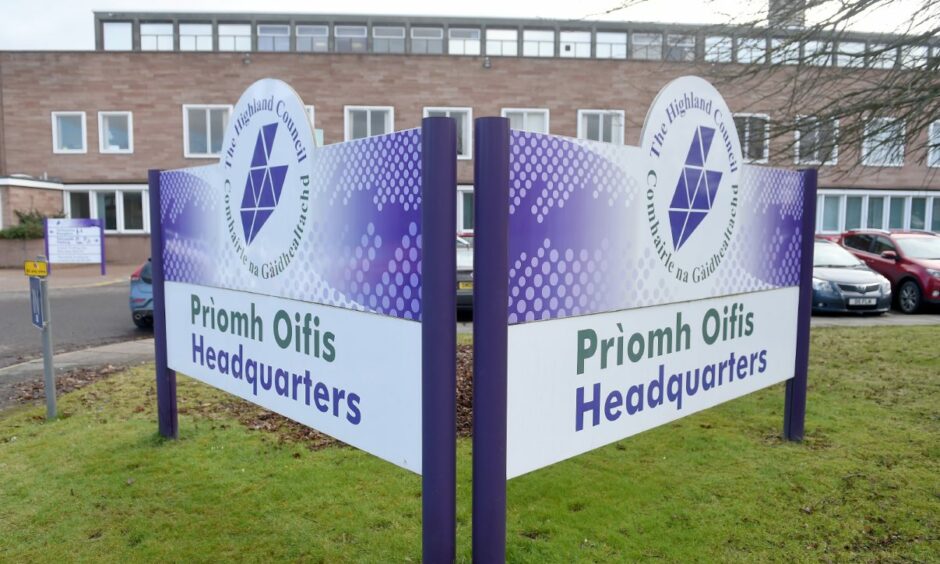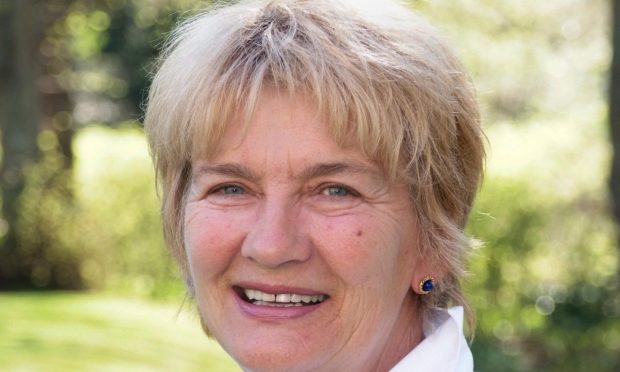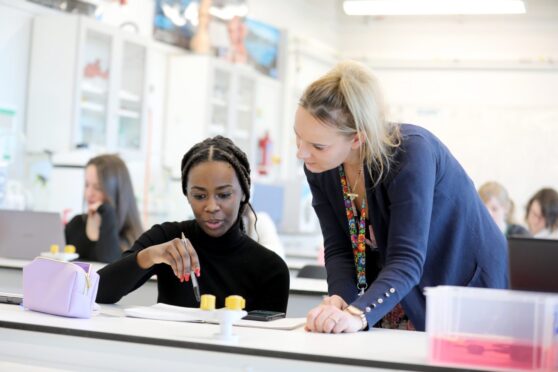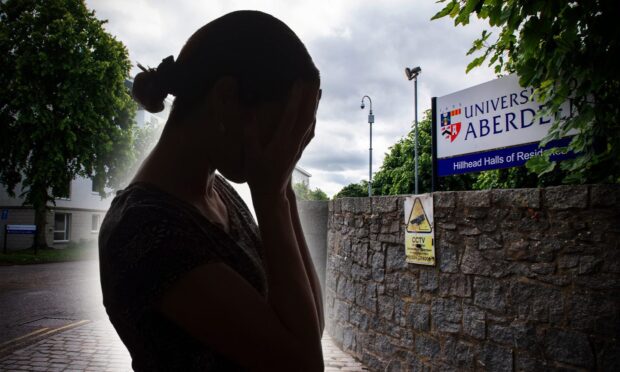An official Scottish Government report has revealed schools in the Highlands and Moray are among the worst in the country.
The School Estate Statistics 2021 paper has shone a light on the state of north and north-east school buildings.
According to the official document, 39% of primaries and 38% of secondaries in the Highlands have a poor rating, compared to the nationwide average of 9% and 11.5%.
In Moray, 44.4% of primaries and 37.5% of secondaries are deemed to be poor.
Councils use a rating system for school properties with condition A classed as good which means it is performing well and operating effectively.
Condition B is satisfactory and is given to school buildings performing adequately but showing minor deterioration. Condition C is poor, going to structures showing major defects.
Finally, condition D is bad and means the building’s economic life has expired or is at risk of failure.
In Aberdeen, 13 primary schools were classed as good, 34 were satisfactory and one was poor.
For Aberdeenshire 17 buildings fell into the good category, 132 were satisfactory and only one was poor.
Education bosses in Aberdeenshire are looking to close two schools in the region and have launched consultations on the proposals.
No school buildings in Orkney, Shetland or the Western Isles were deemed poor with the island councils having a combined total of 12 schools in the good category and 56 classed as satisfactory.
Campaigners unhappy with state of schools
Campaign group Scotland in Union has said schools in the Highlands and Moray have been “left behind” by the Scottish Government.
Pamela Nash, chief executive of Scotland in Union, said that the poor quality of buildings had an impact on young people’s education.
Ms Nash said: “It’s clear from this report that schools in the Highlands and Moray have been left behind by this SNP government.
“Right across the north of Scotland, parents, pupils and teachers have to continue working in an environment which the Scottish Government itself acknowledges is poor.
“That has an obvious impact on education of pupils, not to mention the wellbeing and morale of teachers.
“We know that council funding has been decimated under the SNP, and the responsibility for this situation lies squarely in Edinburgh.
“There are particular challenges in rural areas, which must be recognised by the government.
“There must be a renewed focus on education and rural issues by the government, with much-needed investment for councils and an end to tired old arguments about the constitution.”
Response of government and councils
A Scottish Government spokesman said there was “still much to do” when it comes to improving school estates and that they have set aside cash for this.
He added: “School buildings across Scotland are in their best condition since recorded figures began. According to the latest statistics, 90% of schools were in good or satisfactory condition in April 2021, up from 61% in April 2007.
“There is much still to do. Our £2 billion programme of investment in schools, delivered in partnership with local authorities, will benefit 50,000 pupils across Scotland.
“Phase 3 of the programme will open next year providing councils with an opportunity to consider learning estate priorities for their area.
“The Scottish Government and Scottish Futures Trust are in detailed discussions with local authorities to agree the Learning Estate Investment Programme’s development timeline for 2022.”
A spokesman for Moray Council said: “We’re fully aware that improvements can be made to learning environments across Moray. We’re currently undertaking full condition surveys of all Moray schools to identify major upgrade works and prioritise projects to address these – to be budgeted within the £300m committed to the Moray Learning Estate over the next 10 years.
“The Scottish Government recently announced that applications for Phase 3 Learning Estate Improvement Programme funding will open this year and we’re currently considering the priority areas for Moray.
“We remain committed to creating learning environments that serve the wider community, whilst providing a sustainable education service that aims for excellence, and look forward to working with our local communities to develop proposals that will benefit learners across Moray. Further information on the Learning Estate Strategy can be found on our website.”
A Highland spokeswoman said: “The Highland Council has one of the largest school estates in Scotland with over 200 schools spread across an area which covers a third of Scotland. We do have an aging school estate and are continually working to make improvements to our education environments, with 11 schools identified as priorities in our capital plan.
“We are continuing to progress on key school projects, funded through our capital programme with the support of the Scottish Government. Additionally, in June 2021 significant capital funding of £54m was identified for investment in five Highland schools.
“As a council, we face various challenges in our ability to address school estate improvements such as our borrowing capacity, impacts on our budget of capital investment, spend of other resources, and grant funding made available by the Scottish Government. These challenges are made more complex, and difficult, in the wake of the Covid-19 pandemic”.
More from the Schools and Family team
Survey: 2021 left teachers ‘exhausted, anxious and demoralised’
Best of 2021 – The moments that made me proud to be a teacher
When you’re hit hard by Covid, it’s scary for your children too
